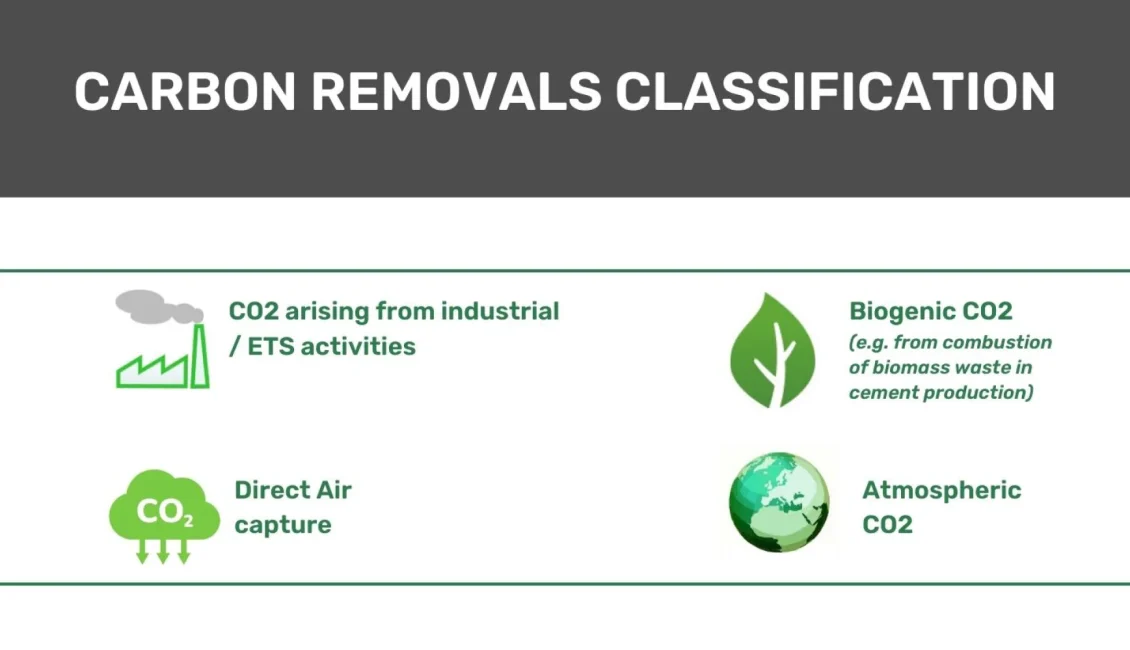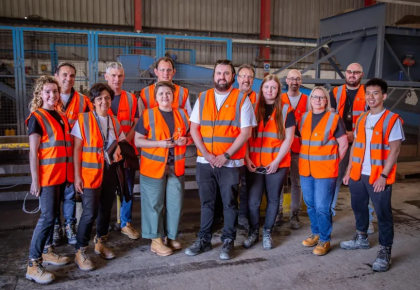
Concrete Europe welcomes the Commission proposal for a regulation establishing the EU-wide voluntary framework that would certify high-quality carbon removals (CRCF). It will provide the necessary rules to asses which carbon removals will be eligible for certification.
Concrete is a versatile product which allows promoters, architects, engineers and builders to build for public and private owners sustainable, durable and resilient buildings and infrastructures. Concrete also has the ability to take up CO2 through mineralisation of the cement it contains. That process, called carbonation, happens naturally throughout the lifetime of buildings or infrastructures, and the IPCC qualified it as a carbon sink in 2021 (https://www.ipcc.ch/report/ar6/wg1/downloads/report/IPCC_AR6_WGI_Full_Report.pdf (page 1171).
This chemical reaction can also be enhanced at two different stages of the concrete life-cycle:
1) when concrete is being made via injecting CO2 during the manufacturing process (e.g.curing) and
2) at the end-of-life phase of concrete, when absorption of CO2 into the crushed concrete can be enhanced for the production of aggregates.
Concrete Europe believes that concrete carbonation activities qualify as carbon removal activities when the source is not industrial, due to the fact that aggregates and concrete producers can permanently store carbon in their products through mineralisation (Referring to CEMBUREAU position paper, Concrete Europe believes that natural carbonation does not qualify as carbon removal activity under the
Commission proposal. except when concrete is manufactured with carbon neutral cement . Natural carbonation should however be accounted for in MS and EU greenhouse gas calculations (see our previous position paper) ).
The enhanced carbonation of concrete is a new field of research at EU and national level and start-ups are already developing carbon removal activities in the EU and outside of Europe. We provide a non-exhaustive list of those projects and companies in Annex (https://www.concrete-europe.eu/images/Annex.pdf).
These new activities have a great potential of CO2 removal, as some of these companies put forward the number of 500 Mt of CO₂ per year (REMOVE | neustark). But in order to reach their full potential, they need to be supported by a clear legal framework, a sufficient supply of biogenic and direct air carbon at reasonable price and the recognition of permanent storage as the only viable solution for their access to captured CO2.
Concrete Europe also wants to underline that, according to our reading of the Commission proposal, temporary carbon storage does not qualify as a carbon removal activity since the carbon is emitted at the end of life.
The new Concrete Europe position paper on the proposal for a regulation establishing a Union certification framework for carbon removals is now available in the ‘Publication’ section of the website: https://www.concrete-europe.eu/newsroom/publications/266-concrete-contribution-to-carbon-removal.



